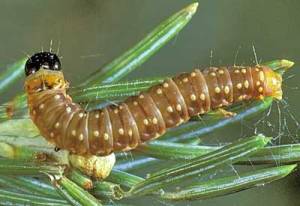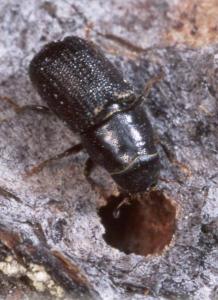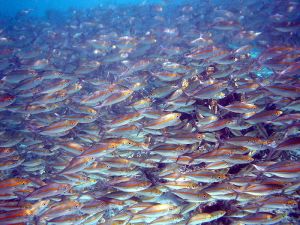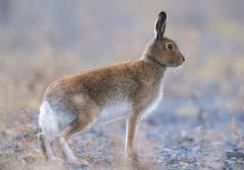Review
This workshop was centered around the creation of a business plan, based on the mock business assigned to us on the Dragon’s Den Workshop session held in the previous week. The aim of the session was to build upon the pre-existing idea for a business and produce a plan for a viable business.
This included:
- A value proposition – what niche does our business fill.
- A method of reaching customers and expanding our business.
- The similarities and differences between our business and ‘rival’ businesses.
- Revenue streams – how our business will make money.
- Financial forecasts – how much profit we expect to make after X amount of time.
- What we need to make our business work – overheads, staff, facilities etc.
Each individual in the group produced their own business plan based up on the structure and style of example business plans provided in the workshop and individual resources and research done independently.
Opinions
I found the workshop to be useful as I have never produced a business plan before so it was helpful to do a mock one. It has given me an insight in to some of the more intricate details and considerations required when considering opening and maintaining a successful business, particularly the financial aspects of maintaining a business.
Career
I feel that this has been helpful for me and my future career goals. It is my intention to open and run my own business in the future, naturally the formation of a business plan and a clear cost structure will be part of this so I feel that this workshop has given me invaluable experience in this regard. I am now more aware of what business plans require and how to work through developing each section of the business plan.





